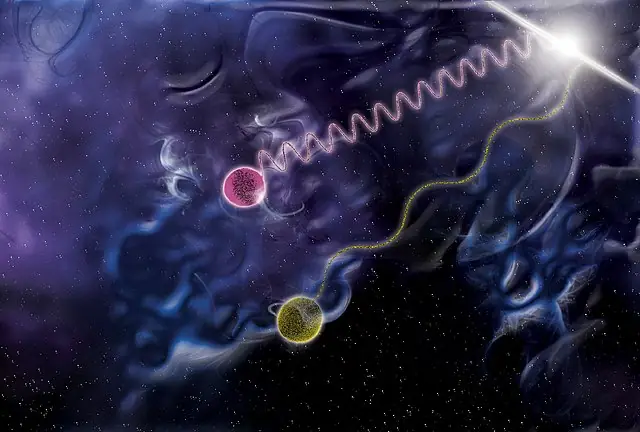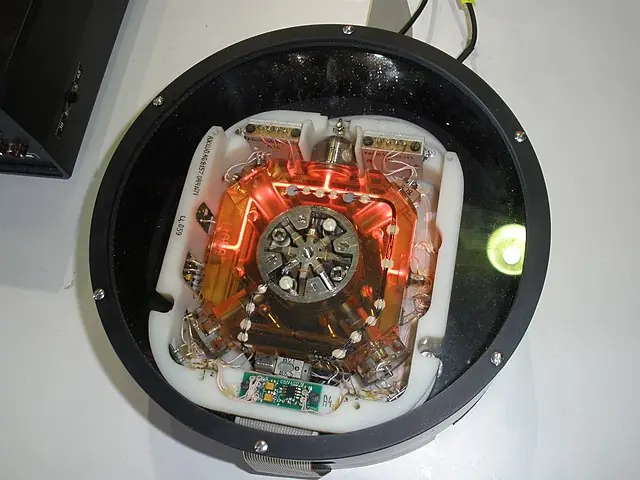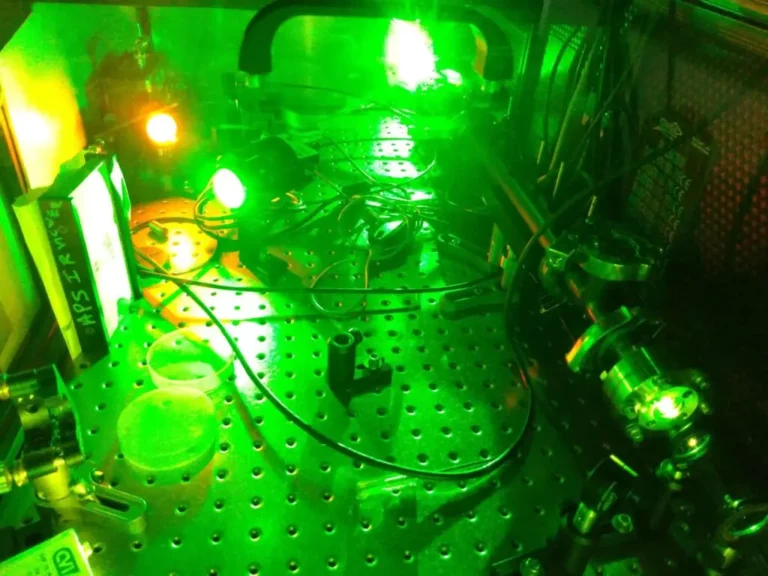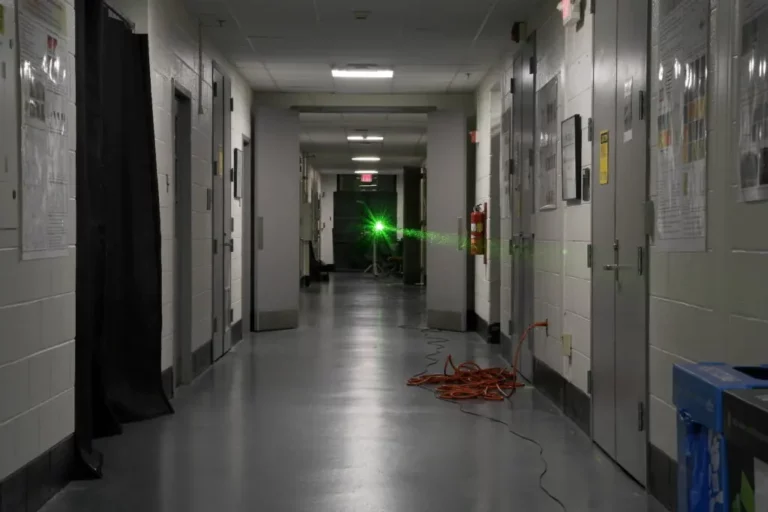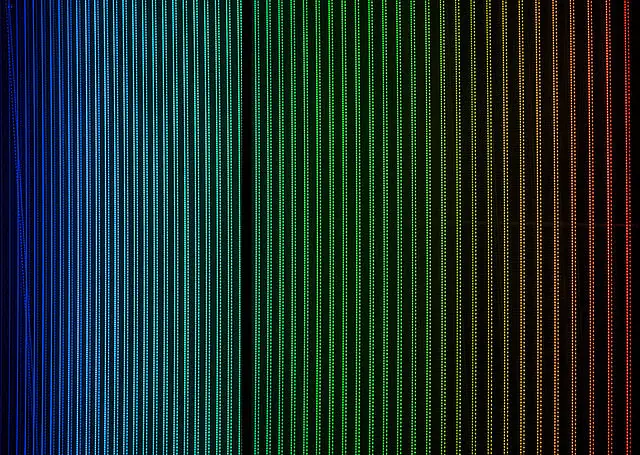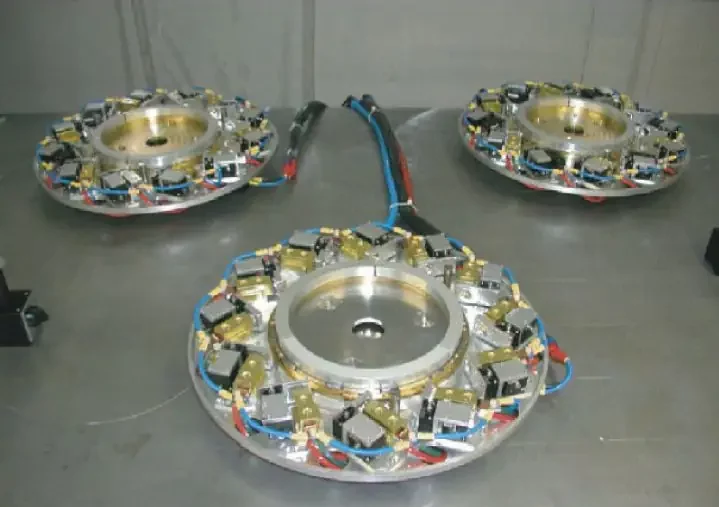Why do telescopes use laser guide stars?
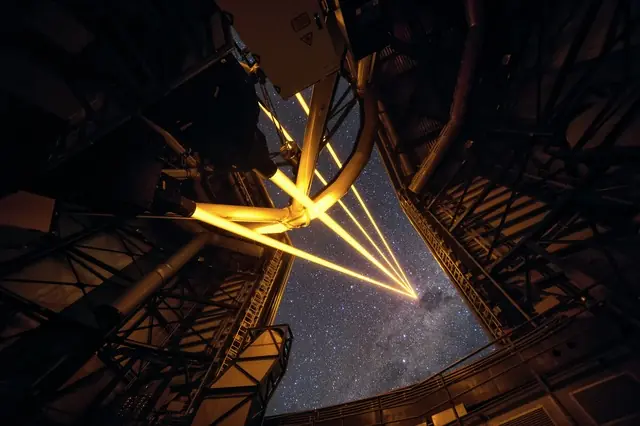
Telescopes are powerful tools that allow us to observe distant objects in the universe with greater detail and clarity. One of the key components of a telescope is the primary mirror, which is used to collect and focus light from distant objects. However, the accuracy of the telescope’s observations can be affected by various factors, including atmospheric conditions and the movement of the earth.
To improve the accuracy of observations, telescopes use a technique called adaptive optics. This involves using a deformable mirror to correct for distortions in the incoming light caused by atmospheric turbulence. However, in order to correct for these distortions, the telescope needs to be able to measure them.
This is where laser guide stars come in. Laser guide stars are artificial stars created by shining a laser beam into the atmosphere. The laser beam ionizes the atoms in the atmosphere, creating a bright, artificial star that can be used as a reference point for the telescope’s adaptive optics system.
The laser guide star is used to measure the distortions in the incoming light caused by atmospheric turbulence. The telescope’s computer then uses this information to adjust the deformable mirror, correcting for these distortions and improving the accuracy of the telescope’s observations.
Laser guide stars are particularly useful for telescopes located at high altitudes, where the atmosphere is thin and the natural stars are faint. By creating a bright, artificial star at a specific location in the sky, the telescope can use the laser guide star to improve its accuracy even in these challenging conditions.
In conclusion, telescopes use laser guide stars to improve the accuracy of their observations by using them as reference points for their adaptive optics systems. These artificial stars allow the telescope to correct for distortions caused by atmospheric turbulence, resulting in clearer and more detailed images of distant objects in the universe.

